Hi there. My name is Jun Seung Jin and I was the Lead Concept Artist for Bayonetta Origins: Cereza and the Lost Demon. In this entry I would like to elaborate on the backdrop of this unique adventure, Avalon Forest.
First and foremost, take a look at this video!
Concept Art Pillars
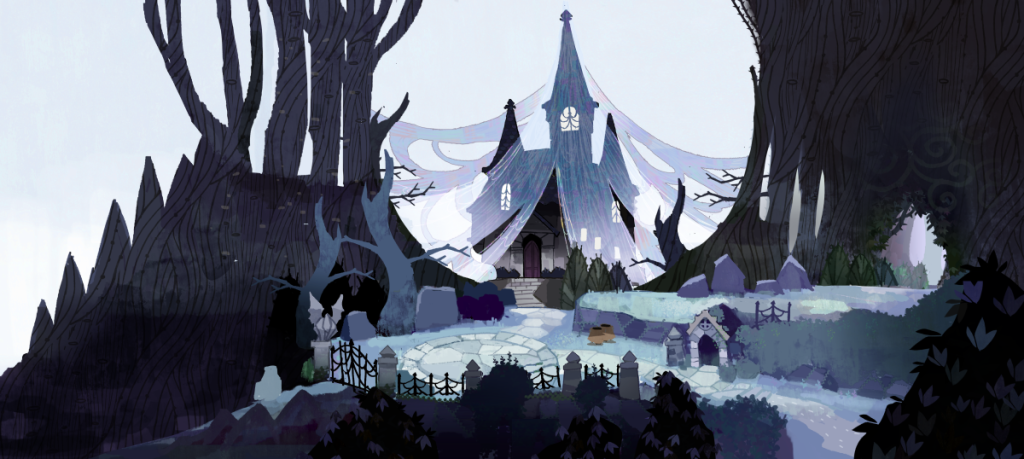
We knew right from the very beginning of development that this game would be a story about the origins of Bayonetta herself. A new enemy force called “faeries” would appear in the game. With these concepts in mind, we immediately envisioned the stylized illustration-like touch that would set this experience apart from the previous Bayonetta games. Based on all these concepts, we quickly established the three following pillars for the game:
・Picture Book
・Faerie Forest
・”Bayonetta-ness”
Incidentally, the “Bayonetta-ness” of the game was perfectly summed up by our Art Director, Tomoko Nishii (*1) with the phrase “Darkness and venom that lurks behind beauty”.
(*1)Read her blog post here.
Picture Book
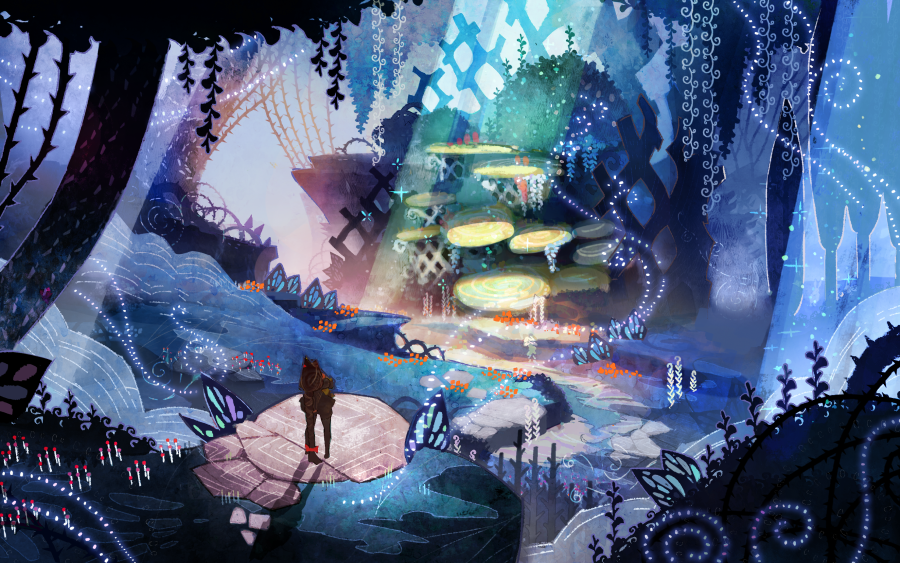
Since the character designs had a cartoonish-like touch to them, we were conscious of both exaggerating elements and landmarks that we show on-screen, as well as purposely omitting certain details in order to maintain this artistic concept. The forest that we portray in this picture book world is exaggerated in size, and overly complex plant shapes, patterns, and compositions are simplified and replaced with conventions that can be easily comprehended.
This isn’t just limited to Avalon Forest. Once I became familiar with the project, I thought up metaphors such as “a large tree that looks like an arch” or “the ivy on the trees that looks like drapery curtains”. The team and I then designed these assets as we imagined incorporating those very metaphors into the designs themselves, thus bringing them to life. We realized this rather imaginative approach would make it easier to create the art we were aiming for, so we tried to incorporate metaphorical designs into the art as much as possible. A lot of these pieces were composed and completed based on my subjective point of view, but I do hope that you can “feel” some of the concepts that I just mentioned when you play the game.
Faerie Forest
◆Torture devices scattered everywhere◆
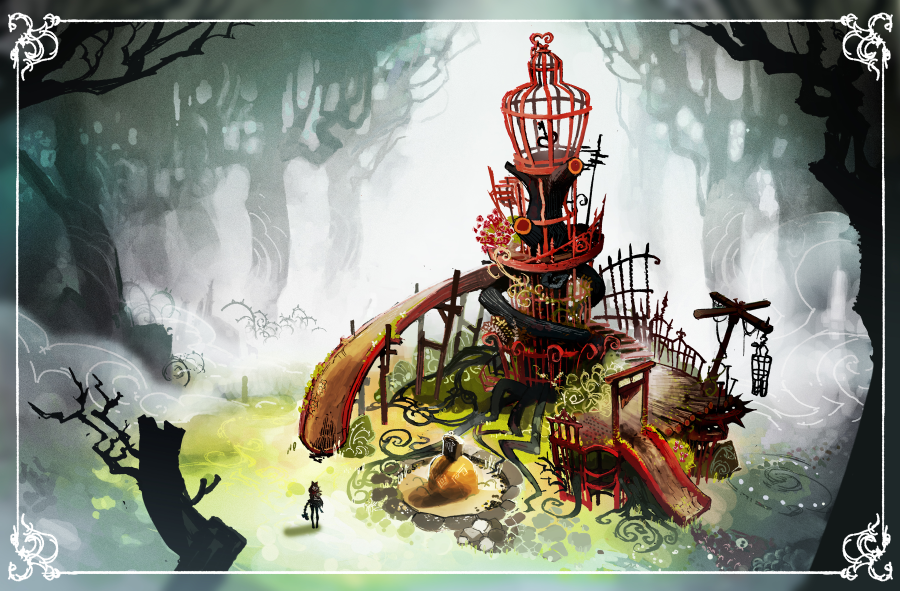
As I continued to draw the image board of a mysterious and slightly dark forest, the first element that clicked in my mind and made me think, “This is gonna work!” was the concept of “a playground made of torture devices that resemble playground equipment, stationed deep within the forest”.
The torture device motif associated with the mainline Bayonetta series is not used for executing enemies in this game, but is used as an object in that level that could open up the path and guide the way for the player. We thought this playground equipment concept would fit well with the immature nature of Cereza, who is yet to undergo the trials and tribulations to become the larger-than-life Bayonetta. It can also be used in a way to express the playful nature of the gameplay itself, which also requires a bit of thinking. In fact, we were able to make the game progression look and feel as if the kid Cereza herself was playing around on the playground equipment, which is exactly what we were aiming for! The faeries also like to play pranks and games, a characteristic which is part of their lore, so the torture devices were a great fit for the overall image we were pursuing.
Placing the equipment deep in the forest would create a picture plane that could be either fairy-tale-like or eerie in nature, so we conceived the idea of expanding this concept and escalating it as the game progressed.
◆Illusions created by the faeries—Tír na nÓg◆
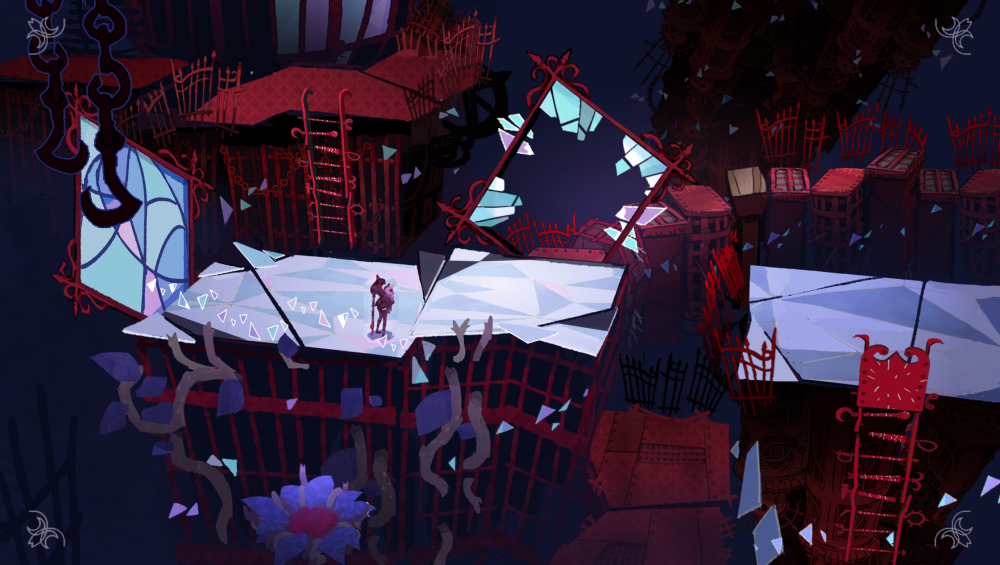
You’ll probably have thought this if you’ve already played the game, but why are there cages and torture devices placed in the forest in the first place? Well, this is the work of the wicked faeries. Faeries are able to manipulate illusions, and they use these illusions of cages and torture devices to torment people who wander into the forest, cornering them and making them their prey. The source of the faeries’ illusions is Tír na nÓg, a magical realm of illusions that appears in the game.
The concept of Tír na nÓg has two aspects to it. “The illusion of disastrous torture devices” and “fantastic and beautiful scenery”, with the latter positioned as the faeries’ original dwelling place. The aspect of “fantastic and beautiful scenery” also incorporates elements of “stained glass” and “stars”, which are the design motifs for the lore of the faeries. Stars also project an image of beautiful yet fictional illusions, in the sense that the light from a star which is tens of thousands of light years away may not reach us until after the star has already disappeared.
At the concept art stage, the game exuded a dark and mysterious aura due to the fact that Tír na nÓg was, in fact, the enemy’s stronghold. In order to make Tír na nÓg more distinct from Avalon Forest as a whole, we created its visuals to be purposely more glittering and enveloped in a sense of mysterious beauty, and the illusions within Tír na nÓg were adjusted to feel surreal and fantastical in nature.
“Bayonetta-ness”
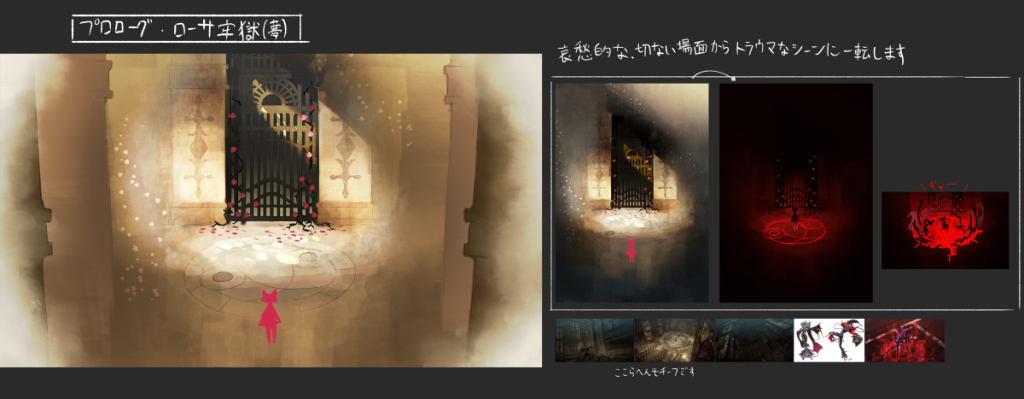
Speaking of Bayonetta-like elements that are easy to recognize, many of the items found throughout Avalon Forest also have motifs taken from the other Bayonetta games. For example, the Witch Casket, Bayonetta’s treasure chest, has been reinterpreted in Bayonetta Origins to fit the world of Avalon Forest while paying homage to its original meaning and silhouette.
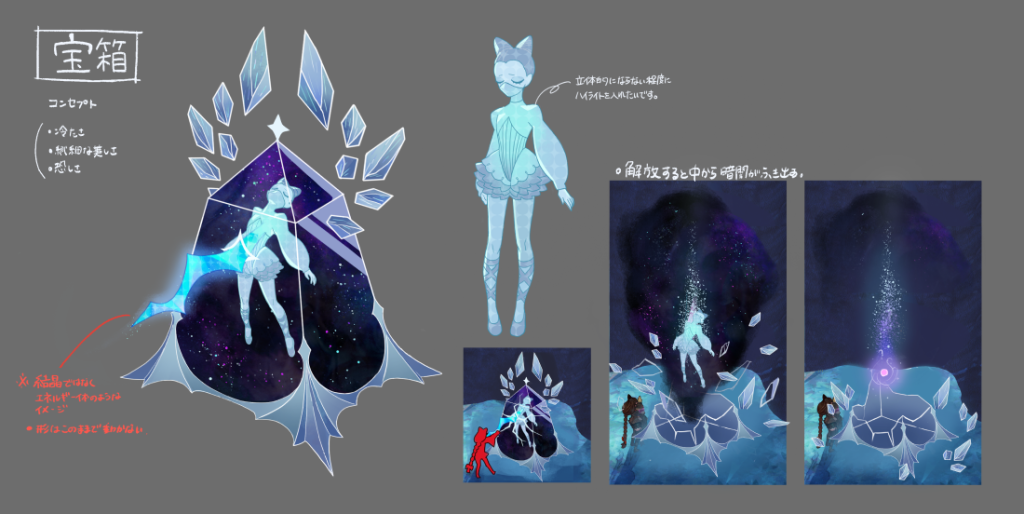
In addition, the Moon Pearls as well as the ingredients for concocting somewhat retain their appearance from the mainline games, but have been redesigned into cuter-looking items that would fit the young Cereza, rather than looking like something used by adult witches.
In closing…
Did you enjoy this entry? Whether you have already picked up and played Bayonetta Origins: Cereza and the Lost Demon or if you are just curious about the world of Bayonetta, we hope that by learning about the above concepts, you will realize the scary side of the fairy tale of Avalon Forest and enjoy the story that much more!
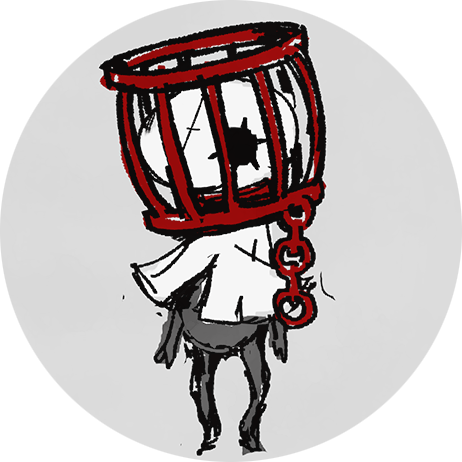 |
Jun Seung Jin Joined Platinumgames in 2015 as a concept artist after previously working in art production for various online and app games. Worked as the lead concept artist on Bayonetta Origins: Cereza and the Lost Demon. |










































